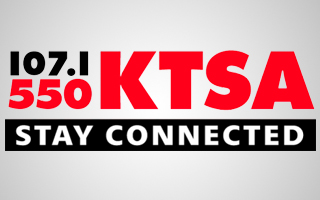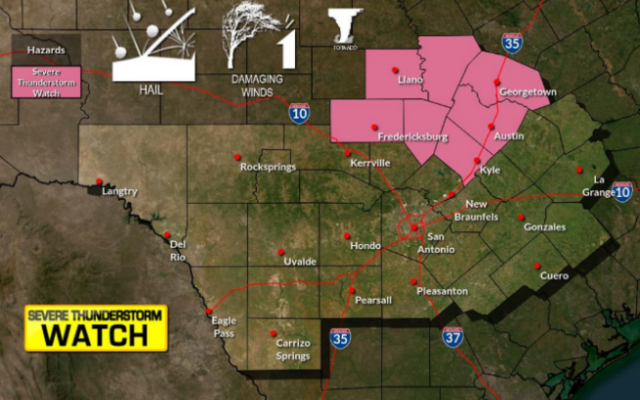Stocks manage to post modest gains after a wobbly day

Stocks closed modestly higher on Wall Street after a day of veering between gains and losses. The tentative trading came a day after the market’s worst drop in two years, which was set off by fears that higher interest rates could cause a recession. The S&P 500 added 0.3% Wednesday. The Dow Jones Industrial Average ended just slightly in the green and the Nasdaq composite added about three-quarters of a percent. A report on inflation at the wholesale level showed prices are still rising rapidly. It echoed a report on inflation at the consumer level a day earlier.
THIS IS A BREAKING NEWS UPDATE. AP’s earlier story follows below.
Stock indexes are mixed afternoon trading on Wall Street Wednesday following the market’s worst day in two years on fears about higher interest rates and the recession they could create.
The S&P 500 slipped 0.1% as of 3:05 p.m. Eastern, after wavering between small gains and losses. The benchmark index is coming off its biggest drop since June 2020, which ended a four-day winning streak.
The Dow Jones Industrial Average shed an early gain and fell 98 points, or 0.3%, to 31,006 and the Nasdaq rose 0.2%.
Financial, real estate and materials stocks were among the biggest weights on the S&P 500. Citigroup fell 1.5%, Duke Realty slid 2.7% and Sherwin-Williams dropped 2.4%.
Energy stocks had some of the biggest gains as U.S. crude oil prices rose 1.3%. Exxon Mobil rose 1.9%.
Bond yields remained relatively stable after leaping on on Tuesday. The yield on the two-year Treasury rose to 3.78% from 3.75% late Tuesday, when it soared on expectations for more aggressive interest rate hikes by the Federal Reserve.
The yield on the 10-year Treasury, which helps dictate where mortgages and rates for other loans are heading, rose to 3.42% from 3.41%.
A report on inflation at the wholesale level showed prices are still rising rapidly, with pressures building underneath the surface, even if overall inflation slowed. It echoed a report on inflation at the consumer level Tuesday, which raised expectations for interest-rate hikes and triggered a rout for markets.
Traders now see a one-in-three chance the Fed may hike its benchmark rate by a full percentage point next week, quadruple the usual move. The central bank has already raised its benchmark interest rate four times this year, with the last two increases by three-quarters of a percentage point.
The Fed is taking the aggressive action on interest rates to try and cool the hottest inflation in four decades. Tuesday’s report on high prices jolted the market with signs that inflation is entering a more stubborn phase that could require an already resolute Fed to become more aggressive.
Wall Street is especially worried that the rate hikes could go too far in slowing the economy and send it into a recession. The Fed is trying to avoid that outcome, but the latest inflation reports reveal that is becoming a more difficult task.
The broader U.S. economy has been slowing, but consumers have remained resilient and the job market remains strong. Wall Street will get another update on inflation’s latest impact on spending when the government releases its retail sales report for August on Thursday.
The market is also monitoring U.S.-China tensions and war in Ukraine, while business and government officials are bracing for the possibility of a nationwide rail strike at the end of this week that could paralyze an already discombobulated supply chain.
The railroads have already started to curtail shipments of hazardous materials and have announced plans to stop hauling refrigerated products ahead of Friday’s strike deadline. Businesses that rely on Norfolk Southern, Union Pacific, BNSF, CSX, Kansas City Southern and other railroads to deliver their raw materials and finished products are planning for the worst.
Union Pacific fell 3.8% and Norfolk Southern fell 1.8%.
Biden administration officials are scrambling to develop a plan to keep goods moving if the railroads shut down. The White House is also pressuring the two sides to settle their differences, and a growing number of business groups are lobbying Congress to be prepared to intervene and block a strike if they can’t reach an agreement.
You Might Also Like



